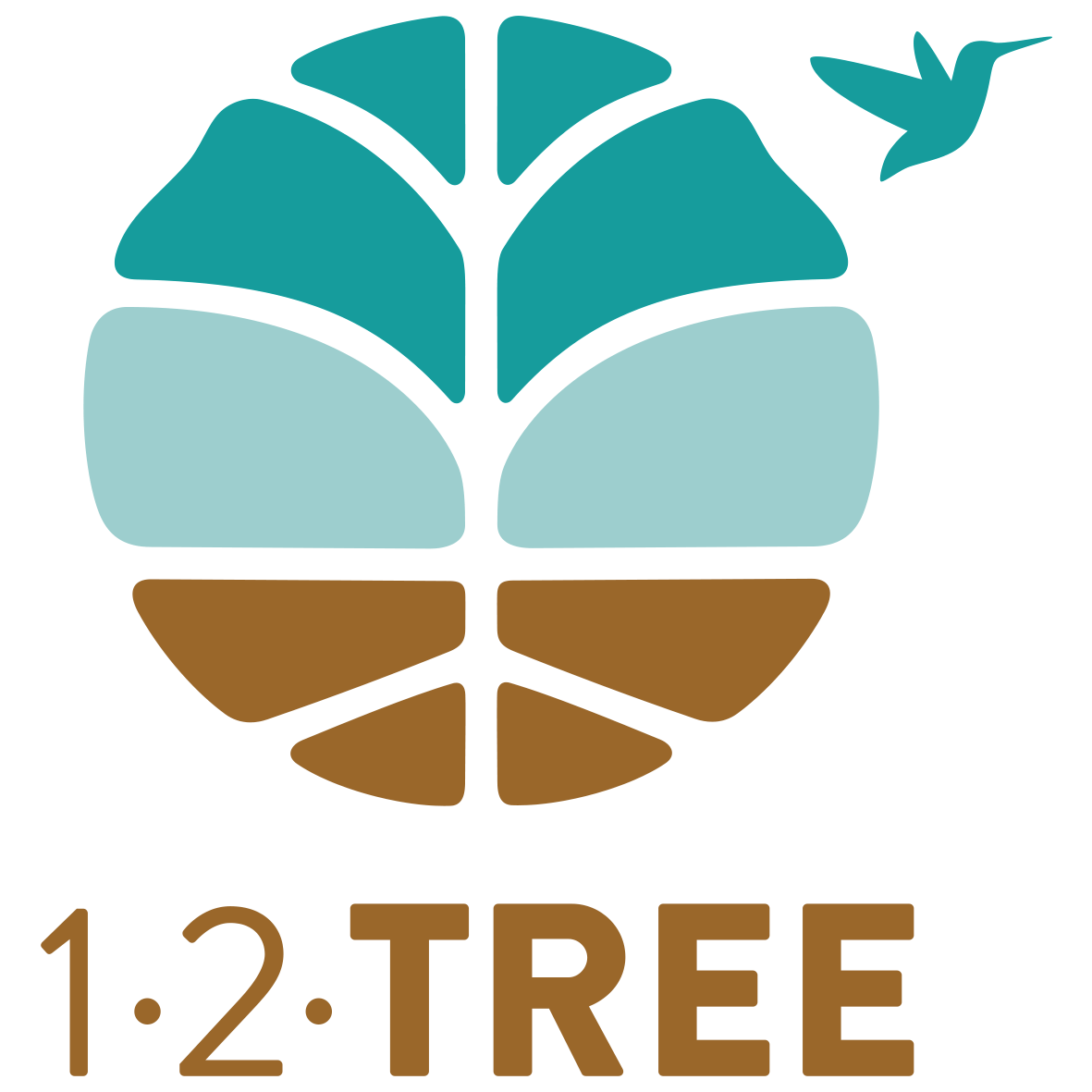Consolidating a cocoa cluster for rural development
Rio Lindo was the name given to three geographically separated cocoa farms, which encompass a total land area of 638 hectares, including 407 ha of cocoa planted with CCN-51 variety as well as 119 ha of teak.
The farms are located in a region that is known as the “cocoa cluster” of Ecuador. The fertile soils and the favorable microclimate in this region are key for the high cocoa yields that are being produced in Rio Lindo.
The high-yield farm-cluster uses an intensive model based on a special nutrient mix, intensive pruning, efficient soil management and ongoing rejuvenation of the cocoa trees, with the goal of increasing the lifespan of the crop. Efficient fertigation is a cornerstone to this high productivity, as well as mechanized pruning and harvesting.
12Tree’s sustainability concepts will be applied to increase ecological and social impact, raising the farms’ overall value by delivering sustainably sourced cocoa. Currently, Rio Lindo is preparing to get UTZ certification.
Cocoa is currently being sold wet in the local market. However, to sell dry beans with the efficiency and quality required by the international market, a state-of-the-art post-harvesting center is underway, seeking to achieve the best balance between technification of processes and physical and organoleptic quality of the cocoa beans.
12Tree plans to slowly replace the CCN51 to Nacional Arriba (the leading local fine flavor variety) and other fine flavor varieties.
FARM FACTS
REGION: Quevedo, Ecuador
SIZE: 638 Ha
MANPOWER: 118
FARM TYPE: Cocoa and forestry
COCOA CLONES: CCN51
RAINFALL: mm/year
ALTITUDE: 50 - 155 masl
SOIL: Mostly flat and ondulating slopes
APPROACH: High-yield farming
KEY FARMING PRACTICES:
Smart irrigation
Precision agriculture





